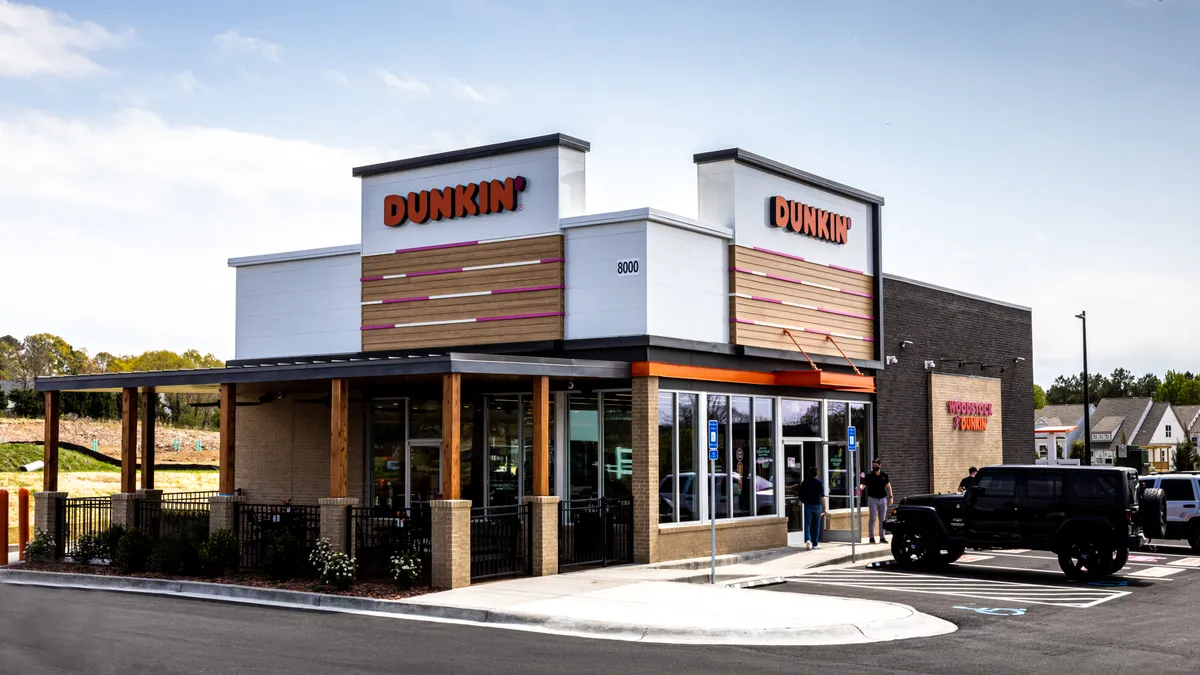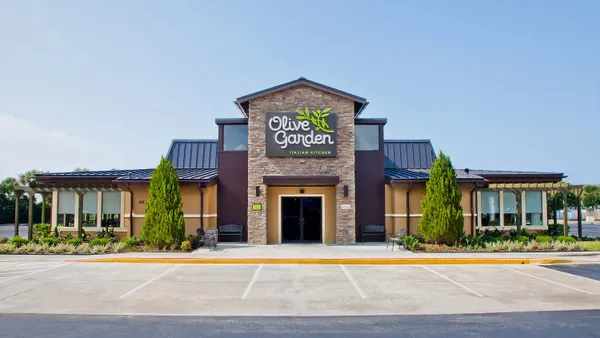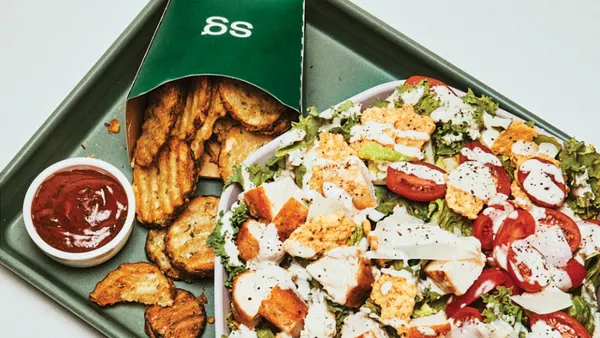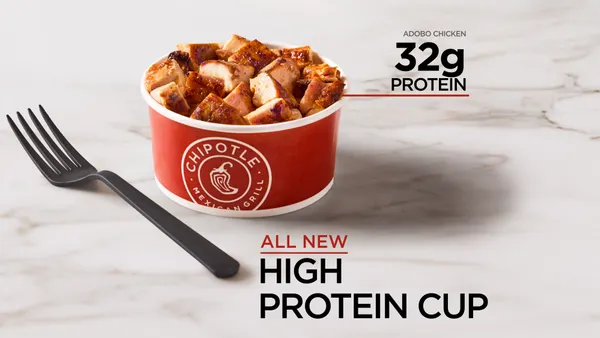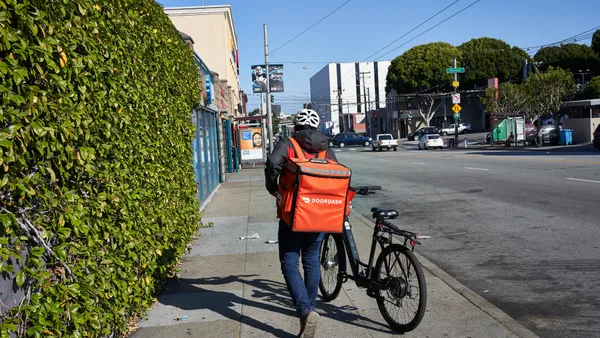Among other lessons, COVID-19 has reinforced the evergreen value of menu transparency and the importance of sourcing premium ingredients. Both consumers and operators are re-evaluating these ideals through the prism of their pandemic experience. Recent research conducted for Datassential’s ONE TABLE community initiative crystalizes both audiences’ current thinking and offers a path forward in terms of menu innovation and guests’ peace of mind.
Inform Consumers
“Made in the USA” was an important claim for more than half (56 percent) of consumers even before the pandemic, according to Datassential’s ONE TABLE survey of consumers in early May. Of those who initially said it was important, seven in 10 consumers believe it’s still important. Other premium claims that continue to resonate in the wake of COVID-19 include “all-natural” (62 percent), organic (59 percent) and No Antibiotics Ever (57 percent).
The lesson for operators: Consumers still want to know where their food comes from. In the current climate, they may be wary of foreign meat, so opt for chicken and turkey that is hatched, raised and harvested in the United States. Premium attributes such as No Antibiotics Ever can also strengthen your menu claims. Be proud of what you serve and adjust your premium claims to match consumer interests.
Equally important: Communicate these messages on your menu and on your website. Even if you’re still working toward better sourcing practices, apprise consumers of your journey. For example, by 2024, Pret A Manger, Focus Brands and others have committed to following a set of chicken welfare standards set forth by 10 animal advocacy groups.
Chick-fil-A offers the following philosophy as the rationale for its rigorous food quality and safety standards: “Food is essential to life, therefore make it good.” The company sources “100 percent real, whole, boneless breast of chicken that has never been ground or separated, and that contains no fillers or added steroids or hormones.” It goes on to explain that its chicken “is raised in barns (not cages), on farms in the United States, in accordance with our Animal Wellbeing Standards, and with No Antibiotics Ever (since May 2019).”
Bottom line: It behooves all foodservice businesses to find similar ways to communicate the qualities of their operations that matter to consumers.
Make Proteins Work Harder
You’re not alone if you find you need to streamline your menu to increase efficiency and profitability. According to Datassential’s ONE TABLE survey of operators, 35 percent plan to reduce the number of items they offer for the foreseeable future.
Chicago’s Epic Burger and the Michigan-based Zoup! franchise both plan to scale back their inventory and focus on core products. The limited service segment’s convenience claims make efficiency particularly important. Menu tightening has become necessary for some McDonald’s franchises, for example, in order to improve kitchen and service speed.
In light of reduced menus, 69 percent of operators plan to or are considering focusing on menuing items with greater profitability. These could include dishes featuring No Antibiotics Ever chicken and turkey, which not only convey quality and command a higher menu price, but also leverage popular proteins suitable for all dayparts and dish categories. The lesson for operators: Be strategic in deciding what to keep on the menu. Every offering should check multiple boxes, in terms of popularity, versatility and quality, to keep guests happy and the bottom line growing.
For example, Einstein Bros. Bagels recently created a hybrid offering that’s appropriate for both breakfast and lunch: the French Toast Chicken Egg Sandwich combines two tasty proteins in one power-packed handheld. For a fresh take on a chicken wrap, Velvet Taco launched a Macadamia Chicken Salad lettuce wrap.
Bowls might be the easiest way to combine core ingredients with chicken or turkey as the anchor. In April 2020, Chipotle expanded its lineup of Lifestyle Bowls to include five new chicken-centric offerings designed to help quarantine-wary consumers eat healthier.
Deliver Comfort
Into the summer, Americans were urged to stay home to protect themselves and others from potential exposure to the coronavirus. But they were still hungry for food they didn’t have to prepare themselves. Operators in all segments responded by offering free or discounted delivery and by expanding whatever takeout service they had to include curbside pickup. (In fact, 76 percent of them now offer curbside pickup, and 66 percent of them will continue offering the service even after restrictions are lifted.) The continuation of this convenient precautionary measure will no doubt reassure consumers—especially the 39 percent of consumers who told Datassential they feel more comfortable ordering takeout if curbside pickup is available.
Speaking of comfort: Some 26 percent of consumers have turned to comfort foods since the beginning of the pandemic, Datassential found. The lesson for operators: Focus some of your menu innovation on making old dishes new again by adding versatile proteins like chicken and turkey. Consider adding poultry to a cheesy pasta dish, a mashed potato bowl or even a grilled cheese sandwich—the king of comfort food.
Fried chicken itself is a comfort food to many—and perfect for takeout summer picnics. Extend those feelings of comfort to side dishes as well. When it brought Nashville’s prized hot chicken tradition to Los Angeles in 2019, Hotville Chicken made sure to include potato salad and kaleslaw as sides, alongside heavier fare such as macaroni and cheese and baked beans. Chicken soup is another comfort food staple made even better when served in dumpling form, as the Dough Zone Dumpling House in Bellevue, Washington, does.
Datassential found that operators “won’t be holding back on innovation and menu planning” as their businesses re-open for dine-in service. They aren’t slowing down on trend-watching post-COVID either. In fact, the majority (82 percent) believe it’s equally or even more important to keep up with food and menu trends post-COVID. Even if you must pare down your menu to improve profitability post-pandemic, you can still innovate by capitalizing on the versatility—and communicating the virtues—of your core ingredients.




